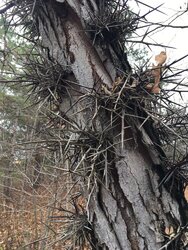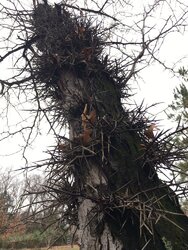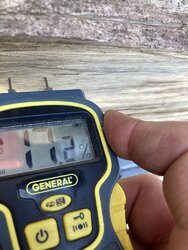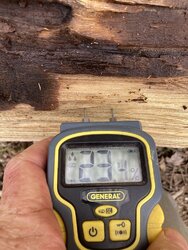Started a job last week pretty close to my house. Noticed some trees leaning in a tree save area on part of the job. Upon closer inspection, lots of locust blow downs/ dead standing. I took advantage of the access to this area before we remove the dirt and I won’t have access mid next week. So here’s a few pics, how do I know if it’s honey or black? Most, the bark was falling off it. One that snapped halfway up had a few small sucker branches and there were thorns on those, thinking Honey in that case.
?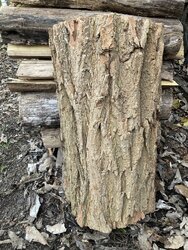
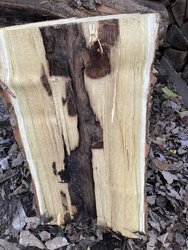
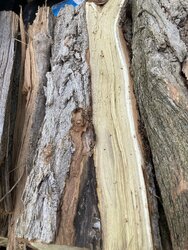
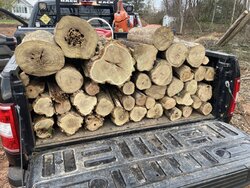
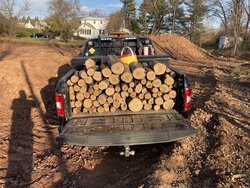
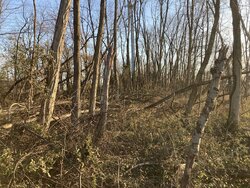
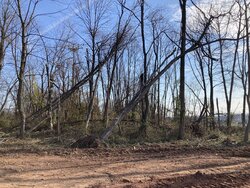
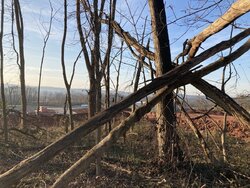
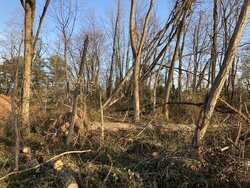
?











